The plastic industry has grown by leaps and bounds, becoming an integral part of sectors ranging from automotive to healthcare. As the demand for plastic products continues to surge, a number of companies have emerged as frontrunners, setting standards with their innovative products and sustainable practices.
Diving into the world of top plastic manufacturers in 2025, this article explores not only the market leaders but also how these companies are shaping the future of the industry. From groundbreaking technologies to eco-friendly initiatives, these companies are at the forefront of a dynamic and ever-evolving market. Let's take a closer look at the power players driving change and innovation in the plastic manufacturing world.
- Overview of the Plastic Industry
- Leading Companies and Innovations
- Sustainability and Environmental Impact
- Choosing the Right Plastic Manufacturer
Overview of the Plastic Industry
The plastic industry is a colossal entity that underpins numerous sectors, touching almost every facet of modern life. From the essential components in automobiles, delivering lightweight and durable materials, to life-saving equipment in healthcare, the omnipresence of plastic cannot be overstated. This material, derived primarily from fossil fuels such as natural gas and crude oil, offers an adaptable and cost-effective solution for manufacturers around the globe. Understanding its wide range of applications, from packaging to electronics, is key to grasping the importance of this industry. Historically, the evolution of plastics began with the invention of Bakelite in 1907, marking the start of synthetic plastic production, a period that heralded the era of modern polymers. Today, the industry continues to innovate with advances in bioplastics, addressing environmental concerns and crafting a more sustainable future. The scale of production is mind-boggling. Annually, plastic production exceeds 300 million metric tons worldwide, a testament to its indispensable role in global economies and daily life. But with this massive growth comes the pressing burden of environmental management, a challenge that many manufacturers actively seek to mitigate through various green initiatives.
In recent years, the plastic industry's spotlight has turned sharply towards sustainability. The shift to more environmentally friendly practices is not just a trend but a necessity, driven by increasing regulation and public demand. Leading companies are investing heavily in recycling technologies, aiming to reduce the strain on natural resources and the environment. Plastic manufacturing innovation is being pushed to the forefront, with breakthroughs in biodegradable materials offering promising alternatives to traditional plastics. Additionally, the rise of the circular economy model is encouraging manufacturers to design products with the end of their lifecycle in mind, aiming to close the loop on product waste. The synergy between innovation and sustainability is setting the foundation for the industry’s future, shaping how materials are utilized, reused, and recycled on a global scale. Companies that embrace these changes not only cater to a conscious market but also champion a vision of a cleaner, greener planet, aligning economic benefits with ecological impacts.
Economic drivers of the plastic manufacturing sector are deeply intertwined with broader industrial and consumer activities. For instance, the automotive industry’s move towards electric vehicles relies heavily on advanced plastic materials to ensure efficiency and safety. Similarly, in the realm of consumer electronics, the demand for sleek, lightweight, and durable products has catalyzed the use of innovative plastic composites. Meanwhile, increased urbanization and the burgeoning global middle class continue to fuel demand for goods, emphasizing plastics' essential role in packaging and construction. Acknowledging its pivotal role, industry studies show that the sector contributes significantly to GDP in many countries, providing millions of jobs worldwide. The dynamic nature of this industry is characterized by rapid technological advancements, market changes, and evolving consumer preferences. As we look towards the future, it's clear that the plastic industry will remain an integral component of global progress, striving to meet the demands of a growing and changing world. Yet, the industry remains under constant scrutiny, balancing economic objectives with social and environmental responsibilities, a balance crucial for sustainable growth.

Leading Companies and Innovations
The world of plastic manufacturing is buzzing with companies that are not just keeping up with the times, but are often a step ahead. Among these industry giants, names like BASF, Dow Chemical, and SABIC are setting benchmarks with their relentless pursuit of innovation and quality. Plastic manufacturing expertise combined with smart strategies have paved their way to the top.
Let's delve into BASF first, a frontrunner in this arena. Known widely for its diverse product range, BASF has been at the forefront of introducing biodegradable plastic solutions, addressing growing environmental concerns. Their focus on research and development has resulted in innovative products that cater to the demands of sustainable production. In one of their recent reports, they mentioned that their new line of bio-based plastics could potentially reduce carbon footprints substantially. They stated, "Our focus is to bring the best of both worlds – functionality and sustainability."
Turning the spotlight on Dow Chemical, this company has been innovating within the plastic industry with inventive solutions and cutting-edge manufacturing processes. Their recent focus on recycling technologies has brought them accolades. By establishing multiple recycling plants worldwide, Dow Chemical is keen on contributing to a circular economy. The integration of advanced AI technology in their processes allows them to maximize efficiency and minimize waste, making them leaders in eco-friendly plastic production.
SABIC, another veteran in the field, showcases a unique blend of innovation and sustainability. They have invested heavily in turning plastic waste into valuable raw materials, a process termed 'polymer upcycling'. Aiming for a greener future, their commitment to reducing environmental impact is reflected through various community projects worldwide. SABIC's partnership with environmental organizations has led to increased awareness and practical solutions to tackle plastic waste. In a recent interview, one of their executives emphasized, "Innovation without sustainability is no longer an option."
The advancement of technology has truly transformed the plastic manufacturing industry. These key players want to redefine norms with their sustainable approach and commitment to innovation. Each stands strong in their contribution to a cleaner planet, constantly challenging the status quo and inspiring future generations.

Sustainability and Environmental Impact
In recent years, sustainability has become a key focus within the plastic manufacturing industry, driven by consumer demand for greener alternatives and stricter environmental regulations. As plastic pollution continues to be a growing concern, top companies in 2025 are making significant strides to mitigate their environmental impact. These companies are investing heavily in research and development to create more sustainable products, promoting recycling and reuse, and reducing waste in their production processes. Innovations such as biodegradable plastics and using renewable sources are taking center stage, showing the sector’s potential for a greener future.
One of the leading examples is a global giant that has pledged to make all its plastic packaging recyclable or compostable by 2030. The company is making groundbreaking advances by collaborating with high-tech firms to enhance recycling technologies, thus increasing the efficiency of reclaiming usable materials from post-consumer waste. This strategy not only addresses environmental issues but also creates economic benefits, reducing production costs by using recycled materials. Their concerted efforts illustrate the industry's shift towards a circular economy.
For instance, statistics have shown that the deployment of advanced recycling facilities can increase the recycling rate by up to 30% in some countries. Below is a representation of how this has been progressing:
| Year | Recycling Rate |
|---|---|
| 2020 | 10% |
| 2025 | 40% |
While the transition to more sustainable practices is challenging, it is heartening to see collaborative efforts across the industry. As Jane Goodall wisely noted, "What you do makes a difference, and you have to decide what kind of difference you want to make." Embracing this philosophy, stakeholders in the plastic industry are partnering with non-profits and researchers to develop education programs that raise awareness about the importance of proper plastic disposal and recycling.
Additionally, innovations are not limited to material advancements. Process efficiency is also being enhanced; manufacturers are increasingly adopting lean manufacturing techniques to eliminate waste and reduce energy consumption. By optimizing production lines, companies are cutting down on their carbon footprint remarkably. These organizations are also focusing on life cycle assessments to understand better and improve their environmental impact from production to disposal.
By advocating sustainability as a core component of their business models, these companies are redefining their role in society. They are overcoming challenges related to high costs and scalability, proving that profitability and responsibility can coexist. Indeed, fostering a sustainable approach in plastic manufacturing is not just a trend; it's a necessity for our planet's future and shows a transformative shift in how industry leaders think about the environment and their duty towards it.

Choosing the Right Plastic Manufacturer
Selecting a plastic manufacturing partner is a crucial decision that can significantly impact the success of your business. In the competitive landscape of 2025, several factors should be considered to make an informed choice. The right manufacturer not only meets your immediate needs but also aligns with your long-term goals.
First, evaluate the technical capabilities of the manufacturer. It's imperative to assess whether they have the machinery and technology to produce the specific type of plastic products you need. For example, some companies are pioneers in producing biodegradable plastics, which could be a game-changer if your focus is on sustainability. Assessing their technological prowess will reveal whether they can meet both volume and quality requirements efficiently.
Next, consider the manufacturer's track record and reputation in the industry. A long-standing history of excellence often indicates reliability and a commitment to quality. You might want to ask for references or case studies from clients within your industry. By doing so, you can gain insights into how the manufacturer handles challenges and customer relationships. As John Smith, an industry expert, remarked,
"Finding a manufacturer with a proven track record can save you from future headaches while ensuring your products meet high standards consistently."
Sustainability and environmental impact are increasingly important factors when selecting a manufacturer. Many leading companies in 2025 prioritize eco-friendly practices, from using recycled materials to employing energy-efficient processes. Verify if the manufacturer you're considering has certifications or policies in place that support green initiatives. This not only helps your brand align with global environmental goals but can also appeal to conscious consumers.
Communication and Customer Service
Another critical aspect is the level of communication and customer service offered by the manufacturer. Effective communication ensures that both parties are on the same page regarding specifications, timelines, and expectations. Look for manufacturers who are transparent and have a dedicated team to address your inquiries and concerns promptly. A responsive and proactive partner can prevent costly misunderstandings or delays.
Price is always a factor, but it shouldn't be the sole determinant. Consider the value offered in terms of quality, service, and innovation. Sometimes, a slightly higher cost might lead to better durability and performance, ultimately saving money in the long run. Leading companies often offer detailed costing breakdowns, helping you understand where your investment is going.
To make a well-rounded decision, compare your shortlisted manufacturers using a simple chart like the one below:
| Criteria | Manufacturer A | Manufacturer B |
|---|---|---|
| Technical Capabilities | Advanced | Moderate |
| Industry Reputation | Excellent | Good |
| Sustainability Initiatives | Certified Green | Basic |
| Price | Mid-range | Low |
Ultimately, selecting the right plastic manufacturer requires a comprehensive analysis of these factors. By taking the time to research, compare, and consult with potential partners, you can choose a company that not only fulfills your current requirements but also supports future expansions and innovations.


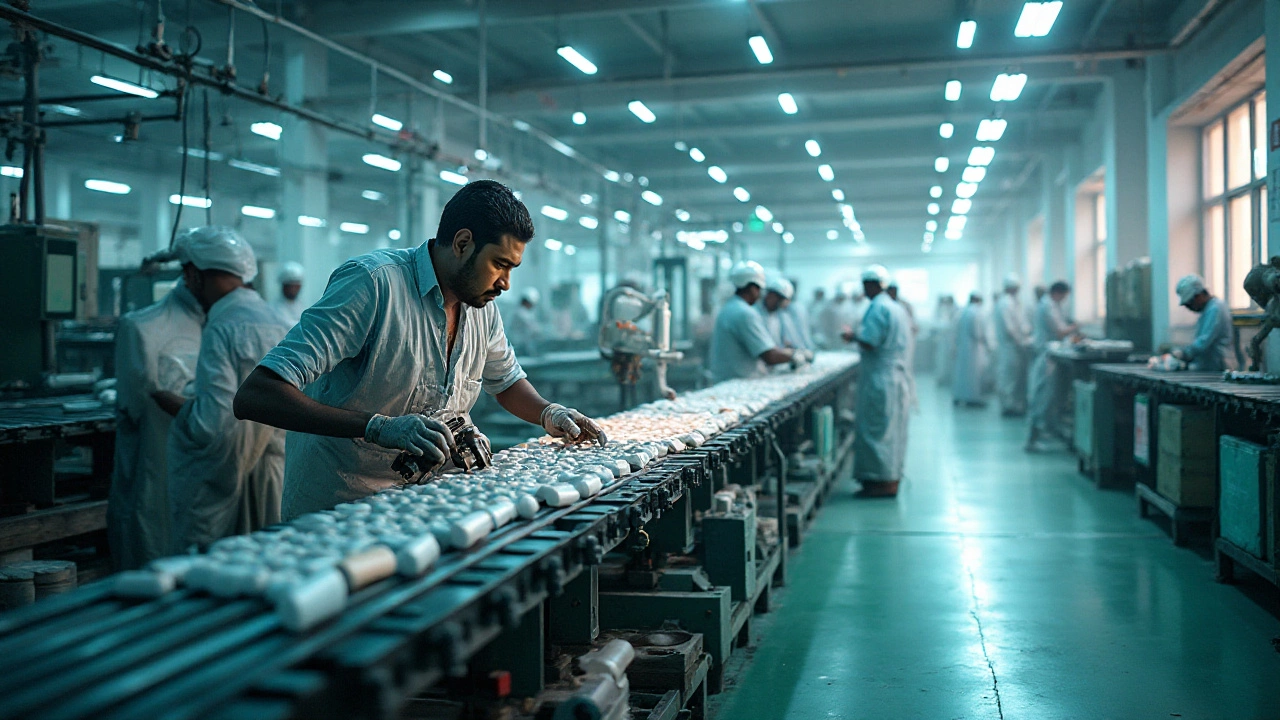

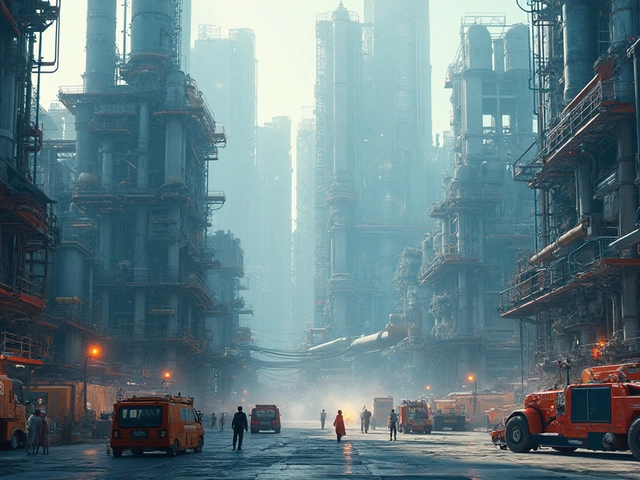

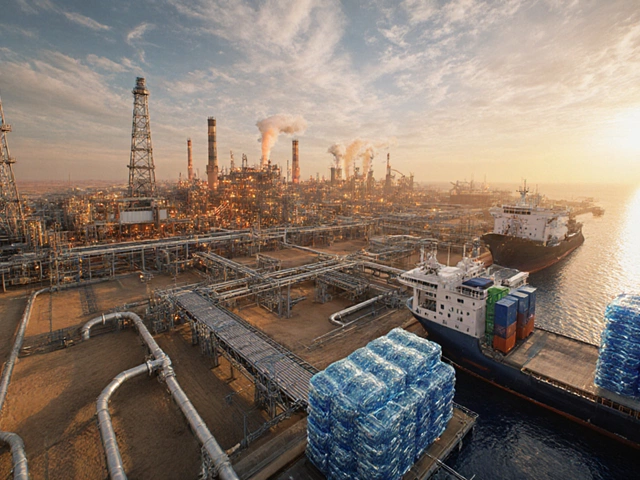

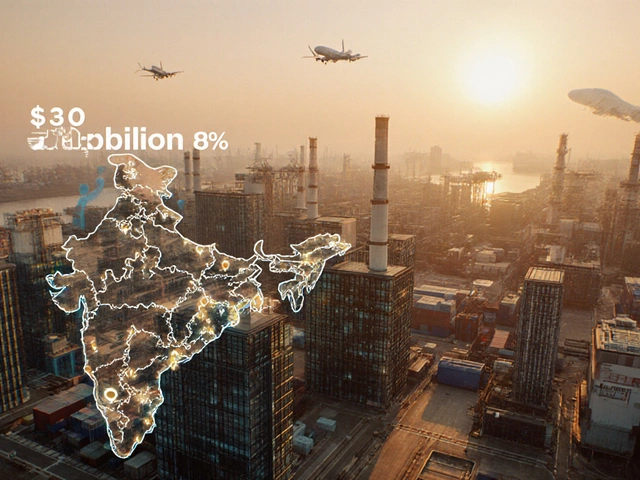
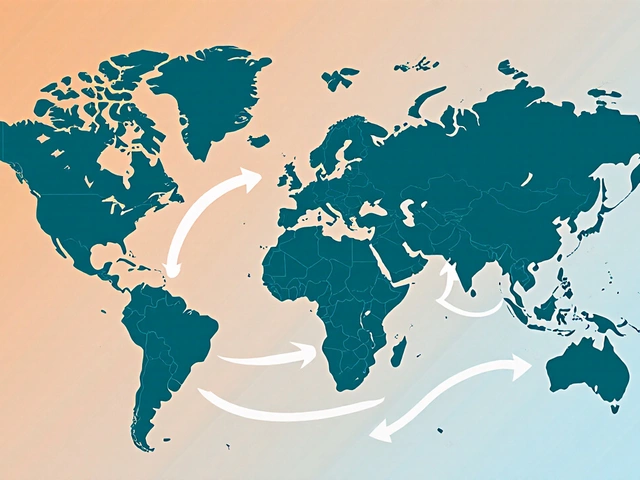
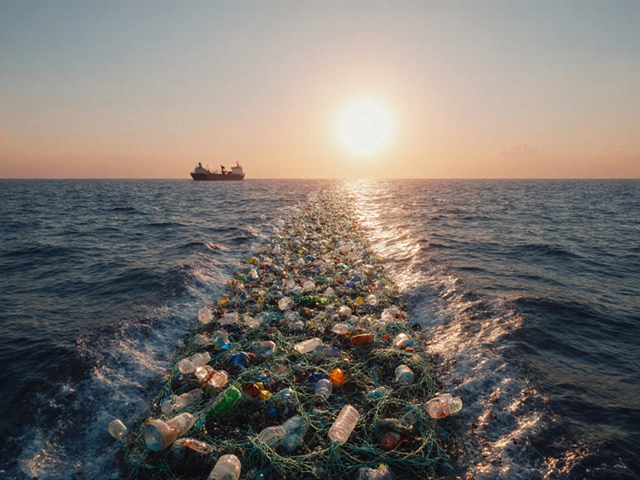
Write a comment